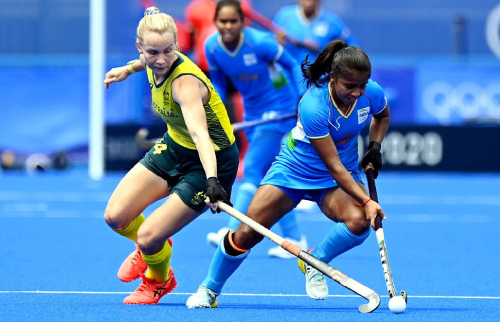In Spotlight
- Upcoming

- Upcoming

Motivated by hockey’s omission from the 1924 Paris Games, the Fédération Internationale de Hockey sur Gazon (FIH) was founded by Paul Léautey. Mr Léautey, who would later become the first president of the FIH, called together seven National Federations to form the sport’s international governing body.
These founding members, which represented both men's and women's hockey in their countries, were Austria, Belgium, Czechoslovakia, France, Hungary, Spain and Switzerland. Popularised in the late 19th century, the women’s game developed quickly in many countries.
In 1927, the International Federation of Women's Hockey Associations (IFWHA) was formed. After celebrating their respective Golden Jubilees - the FIH in 1974 and the IFWHA in 1980 - the two organisations came together in 1982 to form the current FIH. By 1964, there were already 50 countries affiliated with the FIH, as well as three Continental Associations - Africa, Pan America and Asia - and in 1974, there were 71 members. Today, the International Hockey Federation consists of five Continental Associations, 140 National Associations and is still growing, with 152 National Associations predicted by 2024, the year of the next Olympic Games which will, rather fittingly, take place in Paris in the 100th year since the creation of hockey’s world governing body.